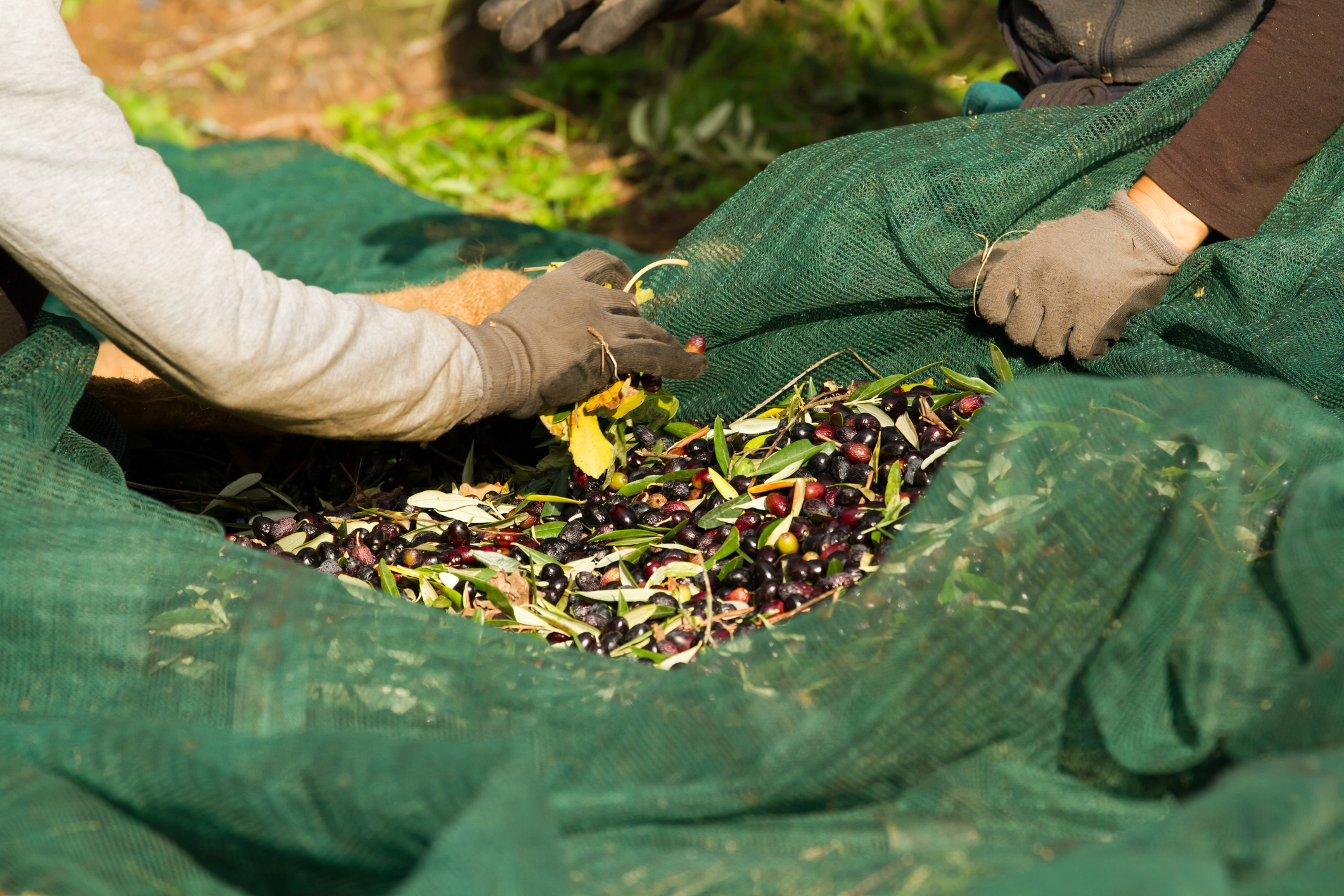Have you ever wondered why some olive oils have “virgin” in their name? You’ve probably also felt the need to know the difference between virgin olive oil and extra virgin olive oil. In this article you’ll find out what virgin olive oil is and how it is different to extra virgin olive oil.
The “virgin” label on olive oils reflects the way in which the oil has been extracted: directly from the olive by mechanical means and at a temperature below 28 ºC (82 ºF). This gives the oil obtained an excellent quality, since it is not degraded by the extraction process.

There are two types of oil that have “virgin” in their name, however: virgin oil and extra virgin oil. To understand what virgin olive oil is, it is necessary to look at the chemistry of the product and observe its degree of acidity. While extra virgin olive oil should have less than 0.8º acidity to be given its name, virgin olive oil can have up to 2º acidity.
In order to determine the type of oil, you must understand that the lower its acidity, the higher its quality. An extra virgin olive oil possesses excellent organoleptic properties, as well as nutritional qualities which ensure the well-being and optimization of the body. A virgin olive oil, on the other hand, lacks some of these qualities as a result of its acidity.
After explaining what olive oil is, it is simple to see why Carapelli oils are so distinguished. Not only do they stand for the highest quality, but their unmistakable aromas also transmit a passion for tradition and the innovation of good oil.
Source: NCBI



